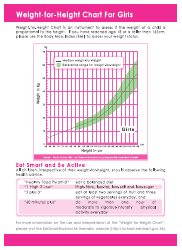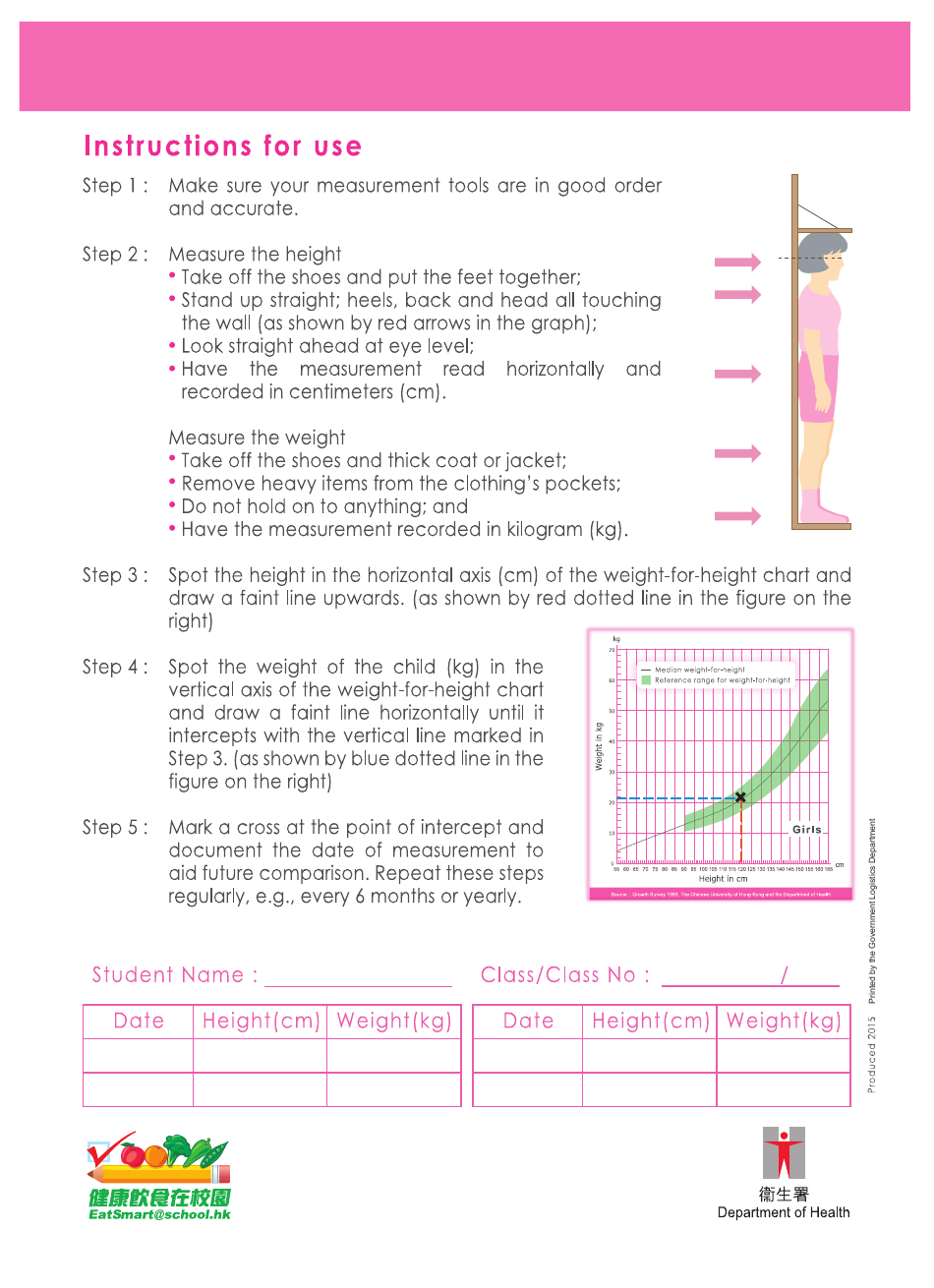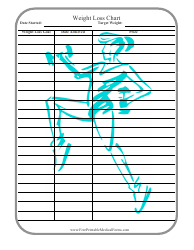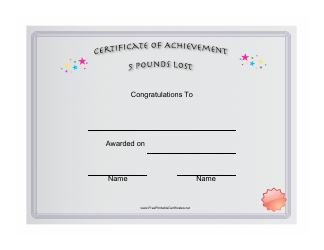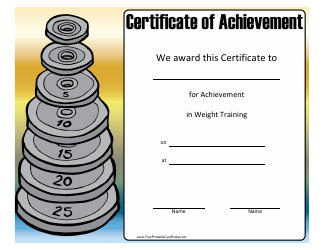Weight-For-Height Chart for Girls
The Weight-For-Height Chart for Girls is a tool used by healthcare professionals to assess a girl's weight in relation to her height. It helps determine if a girl's weight is within a healthy range and can be used to monitor growth and development.
The Weight-For-Height Chart for Girls is typically filed by healthcare providers or by the parents/caregivers of the girls.
FAQ
Q: What is a weight-for-height chart for girls?
A: A weight-for-height chart for girls is a tool used to determine if a girl's weight is appropriate for her height.
Q: How is a weight-for-height chart for girls used?
A: The chart provides a range of weights based on a girl's height. By comparing her weight to this range, you can assess if she is underweight, normal weight, overweight, or obese.
Q: What are the different categories on a weight-for-height chart?
A: The categories on a weight-for-height chart typically include underweight (below the healthy weight range), normal weight, overweight, and obese.
Q: Why is a weight-for-height chart important for girls?
A: A weight-for-height chart helps monitor a girl's growth and identify any potential weight-related health issues, such as obesity or malnutrition.
Q: Are weight-for-height charts different for different age groups?
A: Yes, weight-for-height charts can vary for different age groups to reflect the normal changes in weight and height as girls grow older.
Q: Can a weight-for-height chart be used as the only measure of a girl's health?
A: No, a weight-for-height chart is just one tool to assess a girl's health. It should be used in conjunction with other factors like diet, physical activity, and overall well-being.
Q: What should I do if my child's weight falls outside the normal range on a weight-for-height chart?
A: If your child's weight falls outside the normal range, it's best to consult with a healthcare professional who can provide guidance and recommendations specific to your child's situation.

